Traders often use several strategies when playing in financial markets. However, a successful strategy requires an adequate level of profitability and risk management. To develop such a strategy a trader will need to put a lot of work and time.
We live in times when technologies substitute human efforts making tiresome work automated. And the trading industry is no exception.
Automated trading software has become a big hit for traders in recent years. Wouldn’t it be extraordinary to have a robot that makes profitable trades on your behalf while you are focusing on the more important stuff, just checking the trading process between times? Imagine the trading that usually takes a lot of time and energy, is turning into an enjoyable activity. The automated trading software makes it easily achievable.
Once you have a slight picture of it, you’d want to ask: what automated trading really is and how exactly does it work? How to find the perfect system? What are the benefits and pitfalls of such kind of trading?
In this article, we will try to puzzle out these questions since Fintatech team itself develops automated trading software for customers who feel like implementing such systems on their customized platforms.
So, let’s bounce over the highlights.
The Story Behind Algorithmic Trading.
We don’t want to geek out, but you should know that Algorithmic Trading (aka Automated Trading) dates back to 2000. Oddly enough, but initially trading robots were created to automate the execution of big entries rather than to get profit.
Originally, such algorithms were used by investment and mutual funds, banks and institutional investors who simply could not accept extra risks in handling large sums of money. Organizations used to contact specific companies for opening orders. Since working with intermediaries was very uncomfortable, programmers developed automatic engines for opening trading deals. And poof! The complex orders execution had become much handier.
Despite the high fees for using such engines compared to broker services, it was rewarding.
As the industry was growing, there were created special programs for trading known today as trading robots. Their core task is to open and close trades (or give a signal to make a trade) based on preset trading system rules. After receiving a trading signal it sets the lot and the initial price for a transaction as well as predetermines and sets the stop-loss & take-profit levels. This empowers traders to manage risks and keep at bay financial losses.
Such robots are called Expert Advisors. Here we can identify the 2 types of EA that are commonly used these days:
Semi-automatic Advisors – robots that signal about possible trades based on market analysis, but it’s up to a trader to make a decision.
Independent advisors – robots that replace a trader completely – they open and close positions themselves based on underlaid algorithms.
There are also Scripting helpers that allow traders to set several positions in a single click or automatically place take-profit and stop-loss orders.
Now, having in mind an overview of algorithmic trading, let’s find out its peculiarities.
What is so Special about Automated Trading?
Newbies who don’t have much experience often fall for automated trading systems. Why? Simply because all you need for automated trading is a computer + internet connection + an installed program that makes trades independently. These programs go in the form of already familiar to us virtual robots or Expert Advisors. EAs were created to automate the grunt work and thereby ease the trader’s life. Their performance fully depends on the system’s settings and choose strategies that usually based on top-traders profitable working principles.
AT systems allow market players to manage trade account in real time by setting up certain rules both for entries and exits. Such rules can be built on simple conditions like Parabolic Stop and Reverse (SAR) indicator or on more tricky strategies. However, for implementing sophisticated strategies one will need to have a deep understanding of the programming language peculiar to the trading platform.
In a nutshell, AT is designed to help traders to boost their performance and get rid of hesitation, anxiety and other destructive emotions affecting decision-making. EAs can undertake multiple operations in seconds while shaky traders may think over certain action for hours.
Now, we defined what Automated trading is, but how exactly does it work?
How AT Works
Generally, to run an automated trading system a trader has to install the software connected to a direct access broker along with particular rules written in the platform’s own language.
For example, the well-known platforms like MetaTrader 4 and MetaTrader 5 use MQL programming language to introduce automation and NinjaTrader uses own ninjascript programming language.
By the way, clients of Fintatech trading platform use native developed Fintascript programming language, based on C# syntaxis that is very easy to use for automatization and backtesting.
So, how actually does AT work?
Let’s imagine the process stage-by-stage:
- You set a technical task for a programmer to create an automated Expert Advisor with a proven trading strategy.
- Then, you follow the received instructions and install the trading robot on the terminal.
- EA tracks the market situation by specified parameters.
- Following the embedded strategy, it submits an application to your broker for making a transaction.
- Broker accepts the entry. (Some brokers may intentionally hold positions, while the others execute them automatically)
The operations can be widely different, for example – request for the availability of funds, or opening positions and its further monitoring. The trading robot can continually perform various operations during any period of time. Due to the trading system set rules, the EA analyses each financial instrument and decides whether a transaction should be conducted.
All of this is performed independently (without a trader’s participation!).
It’s important though to know what algorithm your robot trades, which strategy it uses, how it behaves in the market so that you’d not panic during real trading and would understand the robot’s actions in certain situations.
Pros of Automated Trading
So now we are aware of what is Expert Advisor, of its types and how it can be employed, but what are the main benefits of the technology? Let’s investigate this question.
Elimination of human emotions.
- Robotic trading systems save the process from human negative emotions. This lets market players stand by plan and not hesitate about trading since orders executed automatically right after the preset rules have been met. Plus, it could prevent overtrading, like buying and selling at every supposed opportunity.
Maintaining discipline and consistency.
- Due to automatic order execution along with preset rules the volatile markets ain’t a problem. Sometimes it feels like to be on the anxious seat because of fear to take a loss or to gain more profit from a trade. Any trader should know that there’s no 100% winning plan and accept losses as part of the game. It may be that after 2 or 3 losses in a row, a market player would pass the next trade that could be a winning one. With automated trading systems, the process will be followed strictly according to the plan with the discipline and consistency retained.
Higher order entry speed.
- Under changing market conditions once trade criteria are met, automatic systems instantaneously generate orders including protective stop-losses and profit targets. Even a few seconds makes big differenсe in trader’s outcome.
Makes trading diversified.
- An AT platform provides with the possibility to trade with numerous accounts as well as to use different strategies at once. Thereby, a trader can distribute risk over several instruments while hedging.
Ability to backtest.
- User is able to test his trading strategy in all market conditions applying to historical data. Due to frantic market behavior, it’s essential to test strategy in both trending and corrective phases. Logging trading results (both wins and losses) and note all the metrics of strategy’s performance is a perfect way to learn and improve before real trading sessions.
Working day-and-night.
- Unfortunately or luckily, human hasn’t evolved to be active around 24 hours without sleep. But robots can do all the job without being tired or hungry.
Freeing trader’s life.
- Once a user sets up an automatic system, it’s advisor’s work to monitor and analyze the market while you doing another business.
So, these are the most hardcore advantages any trader can take if use algorithmic trading systems. But one should remember that you cannot fully rely on automatic trading and here is why.
Cons of Automatic Trading
Potential errors in algorithms.
- Since it’s human who writes the algorithms, one should not exclude human factor influence leading to possible error. Therefore, before installing Advisor on real account it’s better to test it on demo or on strategy tester to identify potential errors and track profitability.
Fake signals under fast-changing market conditions.
- If an advisor is designed for opening trend or flat trades, it could give false signals when market volatility is increased. The robot cannot understand whether to take signal or to skip. So it’s important to investigate the robot’s working principles in order to timely turn it off in situations when market conditions change.
Descent into irrelevance.
- Due to market erratic behavior trading systems might “crash” and cause losses. Therefore, if a trader wants to keep on making a profit they should brush up on the strategy and change Advisor’s algorithms to handle new conditions.
High cost.
- The good advisors are expensive, and sometimes its cost can exceed the deposit a trader intending to use upon it.
Ban for using robots.
- The fact is not all the brokerage companies allow algorithmic trading. Users have to spend some time to find a company that allows to trade along with robots and make sure that trading conditions are ok for the robot.
Trader’s de-skilling.
- The time saved by automatic trading is a big win in the plus column. However, it brings some shade over time. Without market monitoring and opening positions manually a trader begins to lose his trading skills, decaying in his professional development.
Drawing Conclusions
Now after reading the article, we hope you have your questions answered. Even if no, Fintatech team is here for you to learn the ropes.
Despite the fact Automated Trading can’t substitute the “real” manual trading, it has become an integral part for every worthy trading platform or crypto exchange out there.
Here at Fintatech, we deliver an advanced Automated Trading functionality as a separate module that goes in a bundle with our Trading Platform Designer solution. We developed a ready-to-integrate B2B trading platform software for all entrepreneurs willing to start their own successful brokerage with minimal time to market and expenses.
Contact us now via support@staging.fintatech.com and get a free consultation and one to one demo tour through our product line.
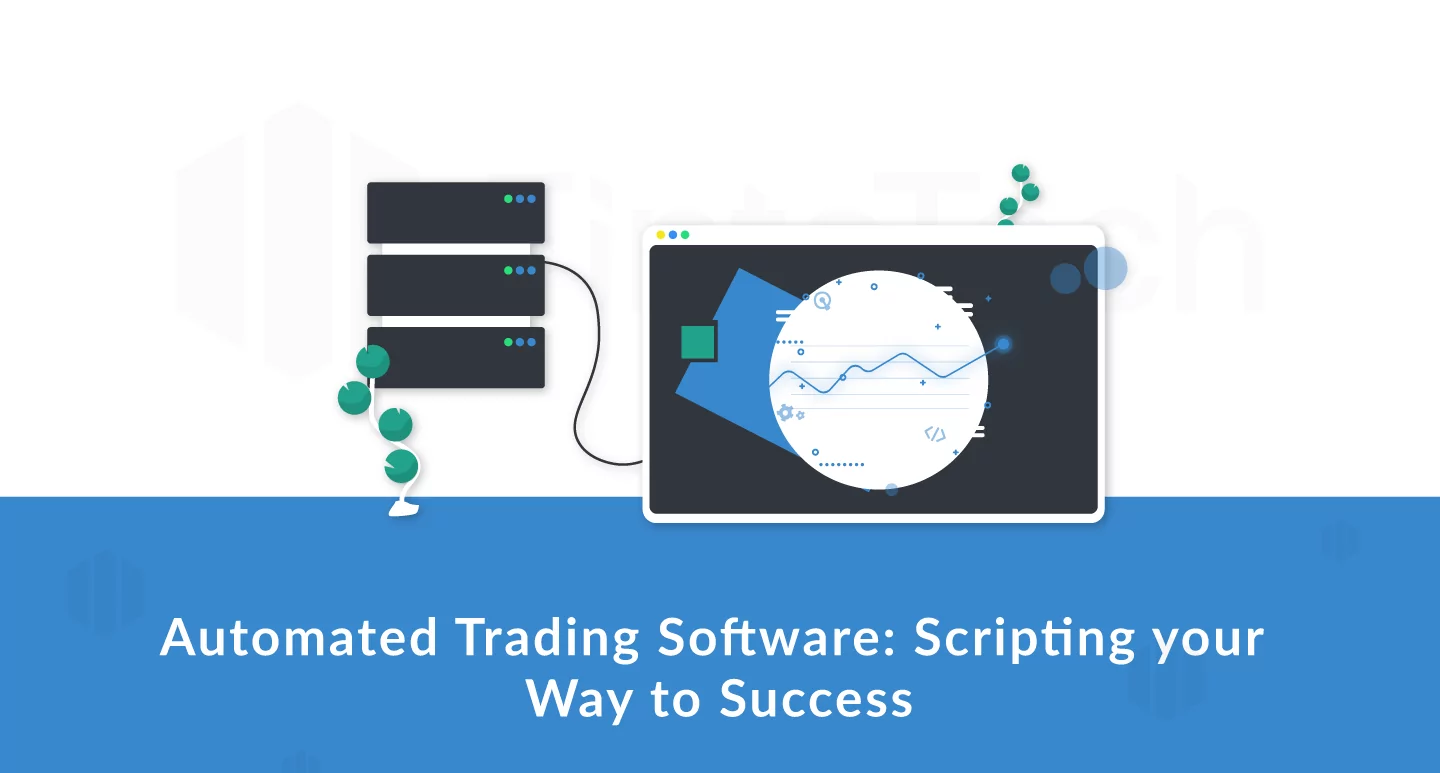
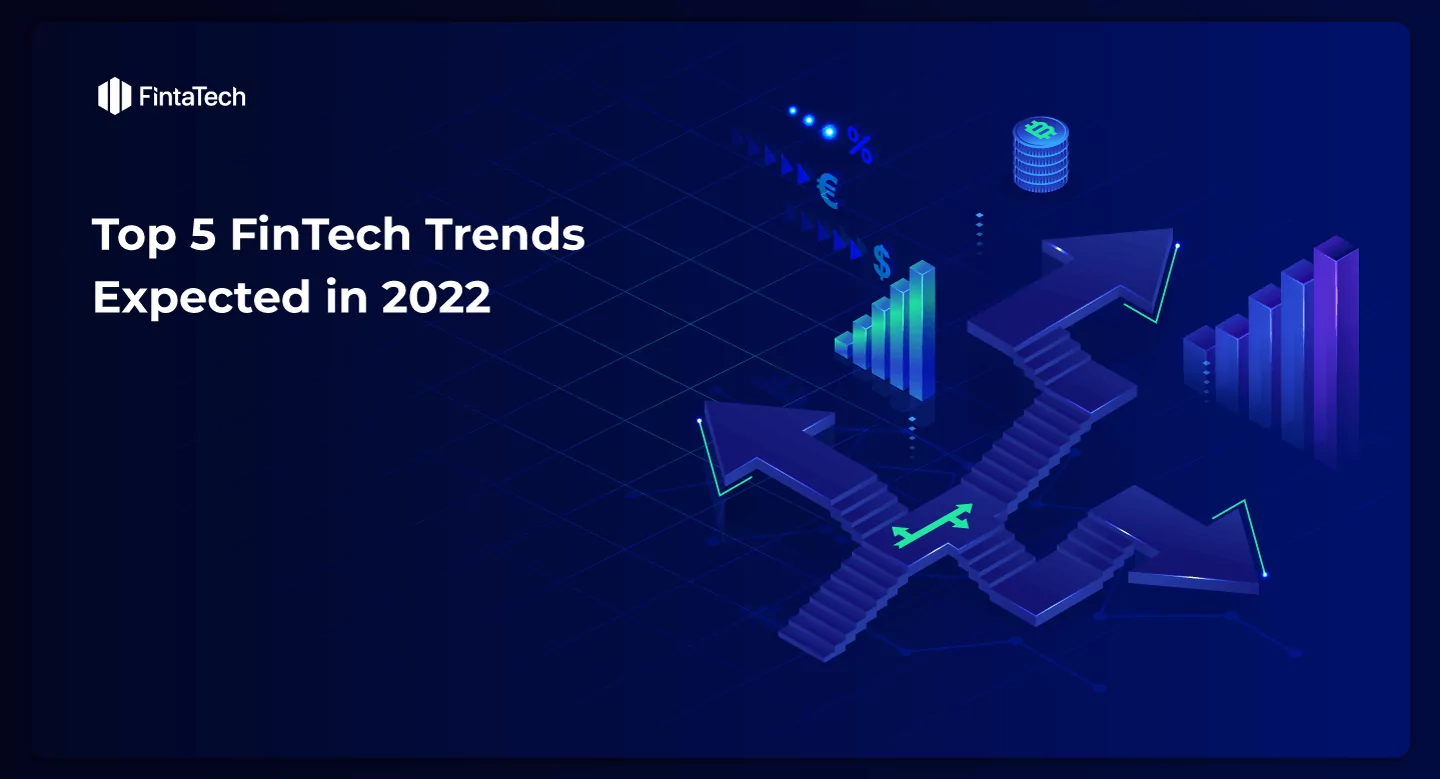
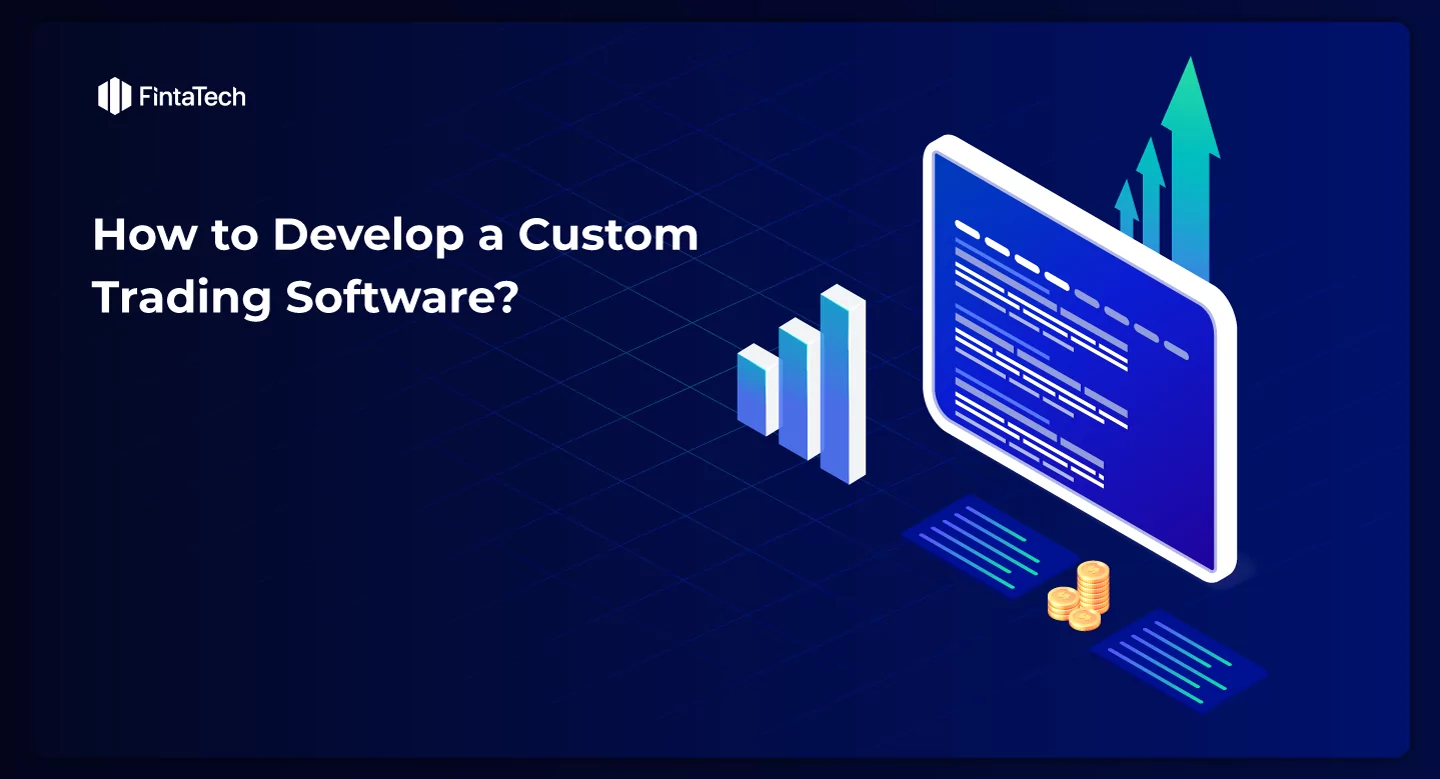
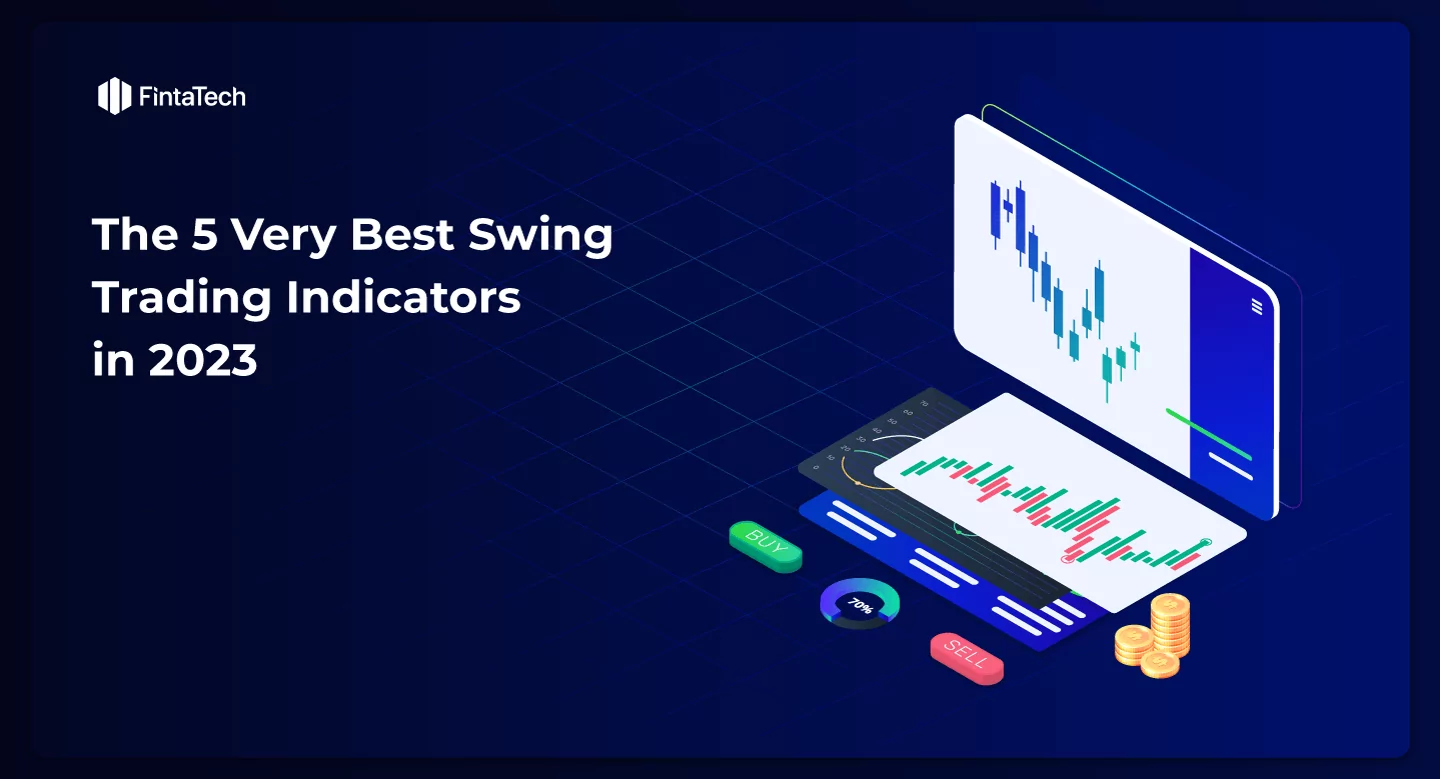
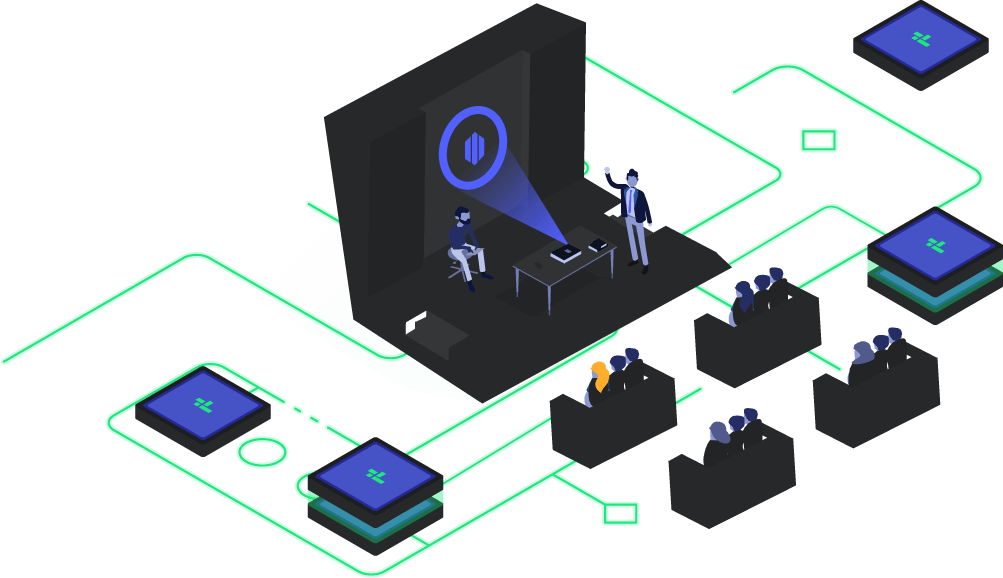
Twitter
Linkedin
Facebook